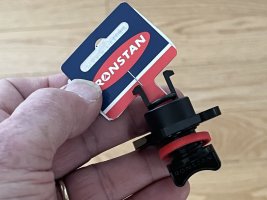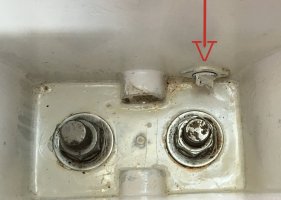Full report on replacing the sole of the Ericson 381. Forty work days and about 120 hours of labor. Materials cost: about $1200 in teak and holly ply, $500 in varnish and the usual extras.
This 1984 boat, and other models of the early '80s, has a very complicated cabin floor. Even with factory templates and a full shop, it must have taken the carpenters an absurd number of hours to install and finish.
Ericson shortly after redesigned the mold to accept sole plywood without the need for edge trim, a substantial improvement in construction efficiency. I'd say the sole of the E32-3, for example, is twice as easy to fit as the models with trim.
The 381 sole was a work of remarkable craft in the context of production boatbuilding, and I did my best to reproduce it. I came close, or at least the new sole looks pretty much like the old one.
Note that my earlier plan to use glue was abandoned. The new sole is screwed down and plugged underfoot, like the original. The edges are screwed flush into the TAFG and covered with trim using countersunk bronze screws (the original trim screws were also plugged).
It is possible to remove this sole, if the #10 stainless screws can be freed from the TAFG. I used screw lube, but over time screws in fiberglass seize up. At least the trim now will come off easily, since not plugged.
Nobody in his right mind will ever do it. Or at least I never will.
Indexed as a blog entry here.
Last edited:


